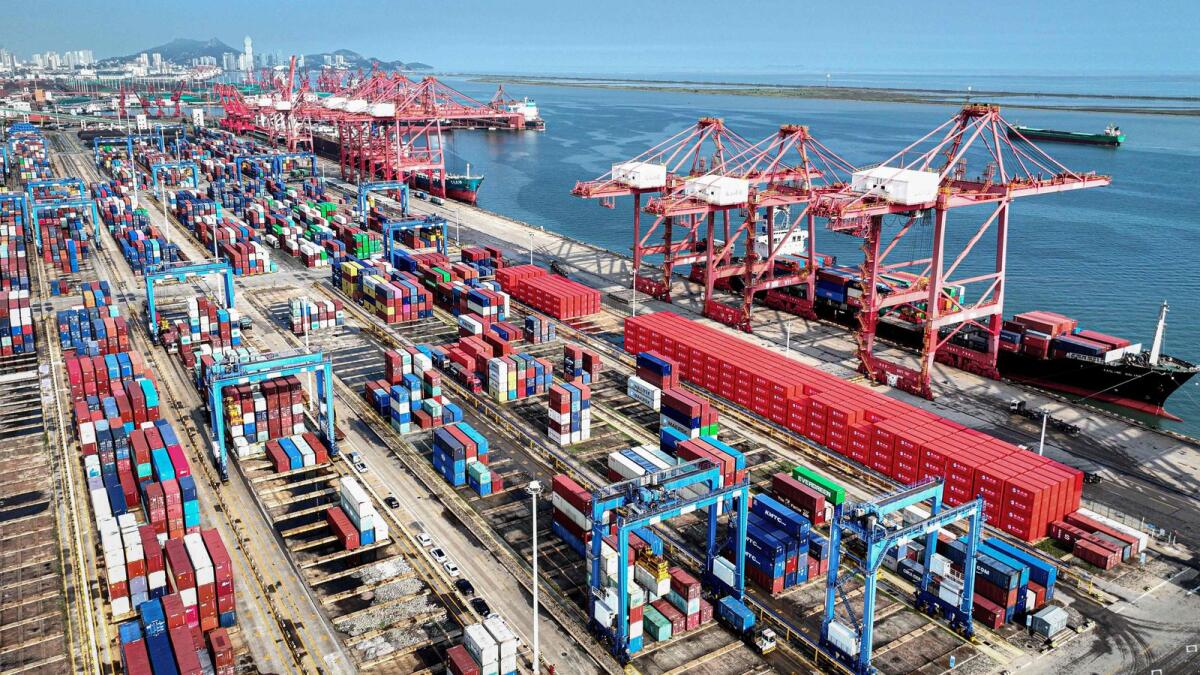China’s exports have seen significant growth in August, suggesting that manufacturers are rushing to fulfill orders ahead of expected tariffs from various trade partners. However, imports have lagged behind due to weak domestic demand, highlighting the challenge Beijing faces in trying to boost overall growth without over-reliance on exports. The economy has struggled over the past year, with exports and factory gate prices indicating a downturn.
Outbound shipments from China grew by 8.7% year-on-year in August, the quickest since March 2023, surpassing expectations. However, imports only increased by 0.5%, missing forecasts. Economists have warned that Beijing risks falling short of its growth target if it becomes too dependent on exports. Trade barriers are also emerging as a significant obstacle, with the US and the EU imposing tariffs on Chinese goods.
Despite these challenges, analysts expect outbound shipments to remain strong in the coming months due to the relative inexpensiveness of China’s yuan and exporters’ ability to reroute their wares to avoid tariffs. However, slow imports raise concerns about future export performance, particularly in the electronics and commodities sectors. The lower-than-expected imports are a sign of weak domestic demand and could impact exports in the future.
Overall, while August exports were positive for growth, uncertainties remain about the sustainability of this momentum. Factors such as incoming tariffs, sluggish export orders data, and global economic slowdown could drag down export momentum in the future. Policymakers will need to consider these challenges and potentially implement more stimulus measures to revive China’s economy.











